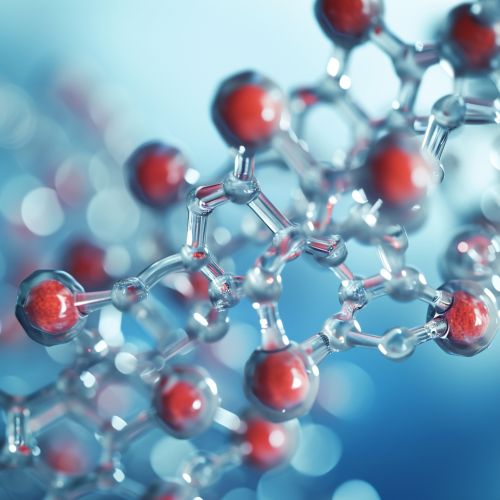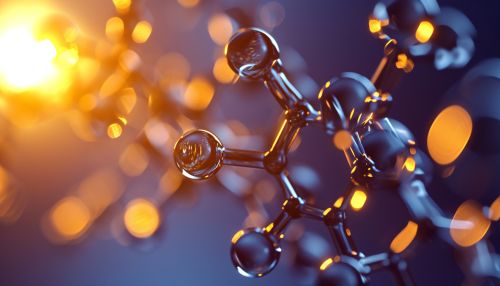Farnesyl pyrophosphate
Introduction
Farnesyl pyrophosphate (FPP), also known as farnesyl diphosphate (FDP), is a key intermediate in the mevalonate pathway and the terpenoid biosynthesis pathway. It is a crucial molecule in the production of various biomolecules, including steroids, dolichols, ubiquinones, and prenylated proteins.


Biosynthesis
Farnesyl pyrophosphate is synthesized from isopentenyl pyrophosphate (IPP) and dimethylallyl pyrophosphate (DMAPP). The reaction is catalyzed by the enzyme farnesyl diphosphate synthase, which is a key regulatory enzyme in the mevalonate pathway.
Role in Terpenoid Biosynthesis
Farnesyl pyrophosphate is a precursor to many terpenoids, which are a large and diverse class of naturally occurring organic chemicals. These include the sesquiterpenes, which are composed of three isoprene units and have the molecular formula C15H24. The conversion of FPP to sesquiterpenes is catalyzed by the enzyme sesquiterpene synthase.
Role in Protein Prenylation
Farnesyl pyrophosphate is also involved in protein prenylation, a post-translational modification of proteins. This process involves the attachment of either a farnesyl or a geranylgeranyl group to a cysteine residue in the protein. This modification is crucial for the proper localization and function of the protein. The enzymes responsible for this modification are the farnesyltransferases and geranylgeranyltransferases.
Role in Cholesterol Biosynthesis
Farnesyl pyrophosphate is an important intermediate in the biosynthesis of cholesterol. Two molecules of farnesyl pyrophosphate condense to form squalene, in a reaction catalyzed by the enzyme squalene synthase. Squalene is then converted to lanosterol, which is eventually converted to cholesterol.
Role in Dolichol Biosynthesis
Farnesyl pyrophosphate is also a precursor to dolichols, which are long-chain polyisoprenoid alcohols found in all living cells. Dolichols play a crucial role in the glycosylation of proteins in the endoplasmic reticulum. The biosynthesis of dolichols involves the sequential addition of isoprene units to farnesyl pyrophosphate by the enzyme dolichol kinase.
Role in Ubiquinone Biosynthesis
Farnesyl pyrophosphate is also involved in the biosynthesis of ubiquinones, which are a class of lipid-soluble electron carriers found in the mitochondrial electron transport chain. The biosynthesis of ubiquinones involves the condensation of farnesyl pyrophosphate with a benzoquinone ring, in a reaction catalyzed by the enzyme ubiquinone biosynthesis protein COQ2.
